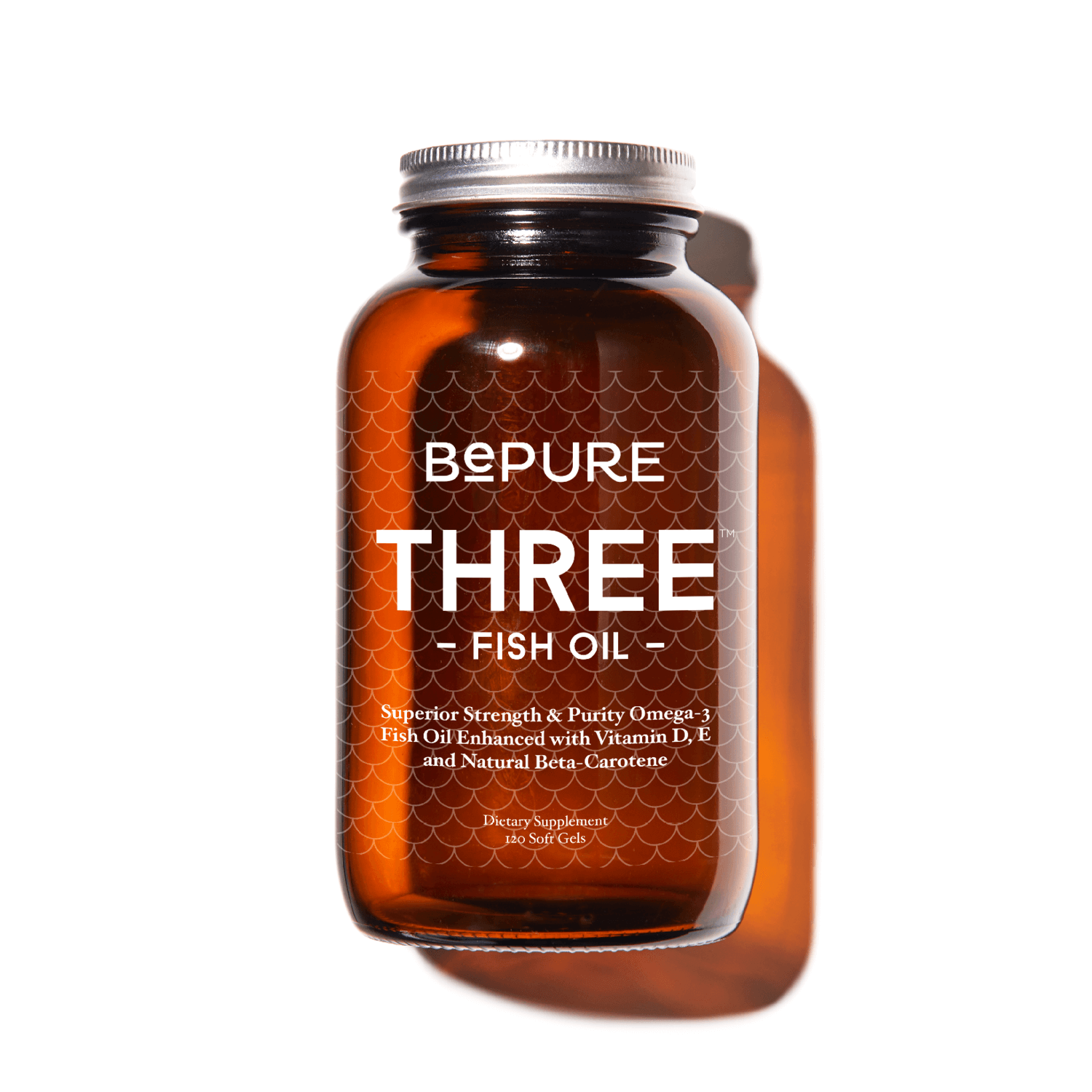We know that we absorb vitamin D from the sun and through our skin, but what is less commonly known is that this can only happen in summer and during the hours of 11am and 3pm. This is because UVB - the sun rays that penetrate the atmosphere and into our skin’s thickest layer - are only effective when the sun is at its highest strength.
Unfortunately, this is also peak burn time and that isn't good for us. With increased exposure to sunlight also comes increased risks of melanoma and heatstroke. According to Melanoma New Zealand, NZ has the highest rate of melanoma per capita than anywhere in the world.
So, that begs the question - how do we ensure we are getting enough vitamin D, while avoiding the negative effects of too much sun exposure?
Why is Vitamin D Important?
Our bodies need 80nmol (nanomoles) of vitamin D a day, the minimum level established for health and when we look at all that vitamin D does for us, we can see why it is, indeed, so essential:
- Vitamin D controls the DNA of your cells
- It helps control belly fat through the role of insulin
- It plays a key role in the production of pancreatic enzymes; and
- It controls the level of calcium in the blood and bone. In one study at Creighton University they found vitamin D, when combined with calcium, reduces cancer risk by 77%.
Vitamin D is also thought to help with mood and depression, particularly during winter when a condition called, appropriately, SAD - Seasonal Affective Disorder. This is a type of depression, or an experience of depression-like symptoms that comes about for some people due to the change in seasons.
Symptoms such as low mood, energy, increased fatigue and motivation and brain fog begin around the same time each year in the lead up to winter.
SAD differs from depression as symptoms only persist when there is less light. People who suffer from SAD experience normal mental health during other seasons. In extreme cases symptoms include nausea, inability to get out of bed each morning, migraines, and withdrawal from friends and family.
Figures in New Zealand for SAD are hard to come by, but in the U.S it is expected over 6% of the population experience some degree of SAD. In Arctic regions, where differences in sunlight between summer and winter are more marked - this figure jumps to nearly 15%.
There are several theories about the cause of SAD. The first theory is about insufficient vitamin D levels. A double blind trial in 2008 found that; “It appears to be a relation between serum levels of 25(OH)D and symptoms of depression. Supplementation with high doses of vitamin D seems to ameliorate these symptoms indicating a possible causal relationship.”
How to increase your vitamin D
The best time to get outside and soak up the vitamin D is between 11am and 3pm. However, your body can’t make vitamin D if you’re wearing sunscreen, so 20 minutes of sun exposure should be the maximum you aim for (depending on your skin type, less if you’re fairer), as it’s important not to burn your skin.
To get your daily dose of vitamin D it takes about half the time it takes to get burnt. So, we recommend before applying sunscreen each day during summer get outside for 15-20 minutes with your face, arms and neck exposed. Once you have done this, continue to practise sun safety;
- Wear a hat, sunglasses and a long-sleeved cotton top if possible.
- If you’re at the beach or park, opt for shaded spots.
- Wear sunscreen while out in the sun, after you’ve spent time absorbing vitamin D.
On a final note, we can also get vitamin D from our diet. Being a fat-soluble vitamin it’s mostly found in animal fats, and because most of New Zealand has been on a low fat diet for the last 30 years, it’s easy to see why some New Zealanders are deficient in this essential vitamin.
Good Food Sources of Vitamin D
Vitamin D is a fat-soluble vitamin so increasing your intake of food like:
- Oily fish (salmon, tuna and trout)
- Liver
- Eggs
- Mushrooms
- Raw dairy (milk, cheese)
- Lard in your cooking
Consider other Factors
A recent study at Harvard University also found other factors such as a person’s weight, age, skin colour, exposure to air pollution, location, use of sunscreen and having adequate levels of calcium could all affect their vitamin D status. If you are at risk because of any of these factors, taking extra care to supplement your diet and lifestyle with vitamin D could be crucial.
Supplement
A good quality vitamin D supplement such as BePure Vit D Restore you will not only supplement your vitamin D supply, but increase its bioavailability with added, synergistic benefits. In this case, that's vitamin K2. The combination of vitamin D and vitamin K2 is proven to work synergistically to get the best benefit for your body.
Just one dose of this high strength solution contains 1000IU vitamin D3: your recommended daily dose of the sunny stuff.
BePure Vit D Restore is high strength, 100% natural vitamin D nutritional support, which helps to boost vitamin D levels for optimal health and energy status.
Formulated as a liquid with naturally sourced coconut MCT oil for free energy, BePure Vit D Restore is a two-month supply of the daily recommended dose of vitamin D, containing 1000IU of D3 in every 0.5mL serve. Think of it as 'liquid sunshine' in a bottle.



